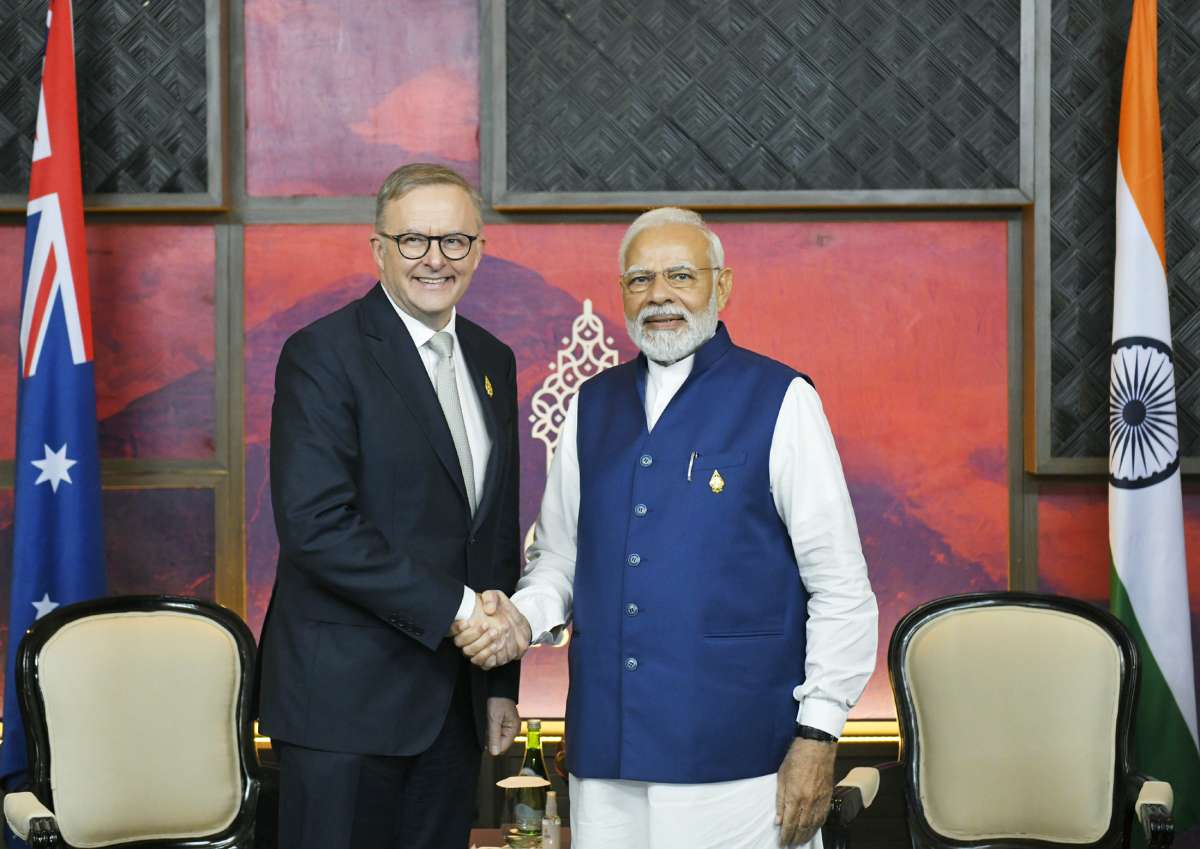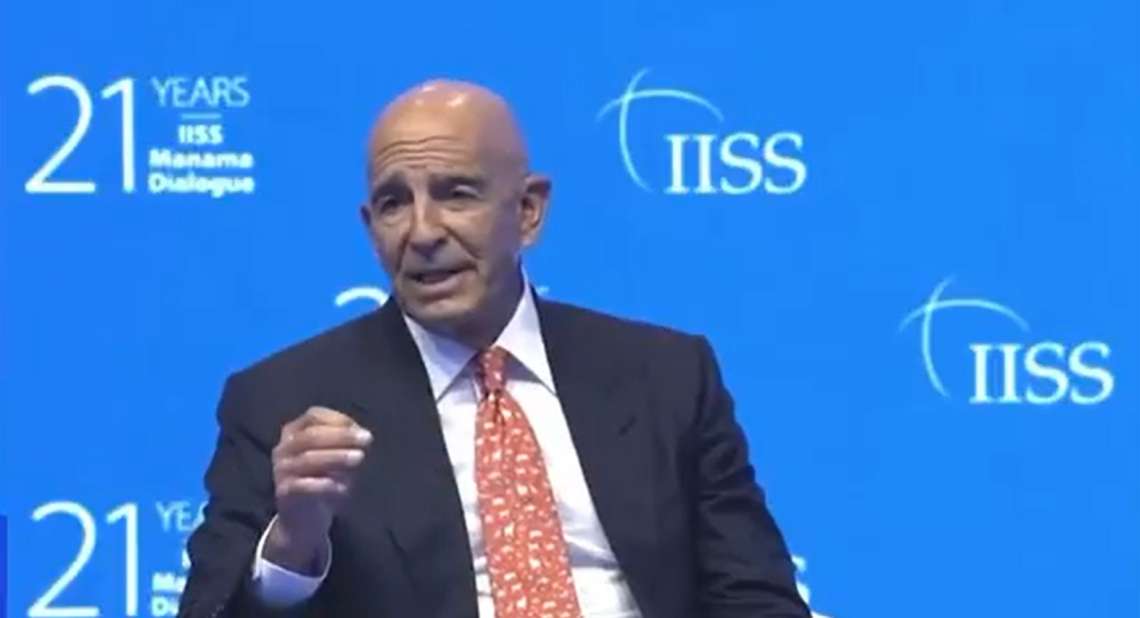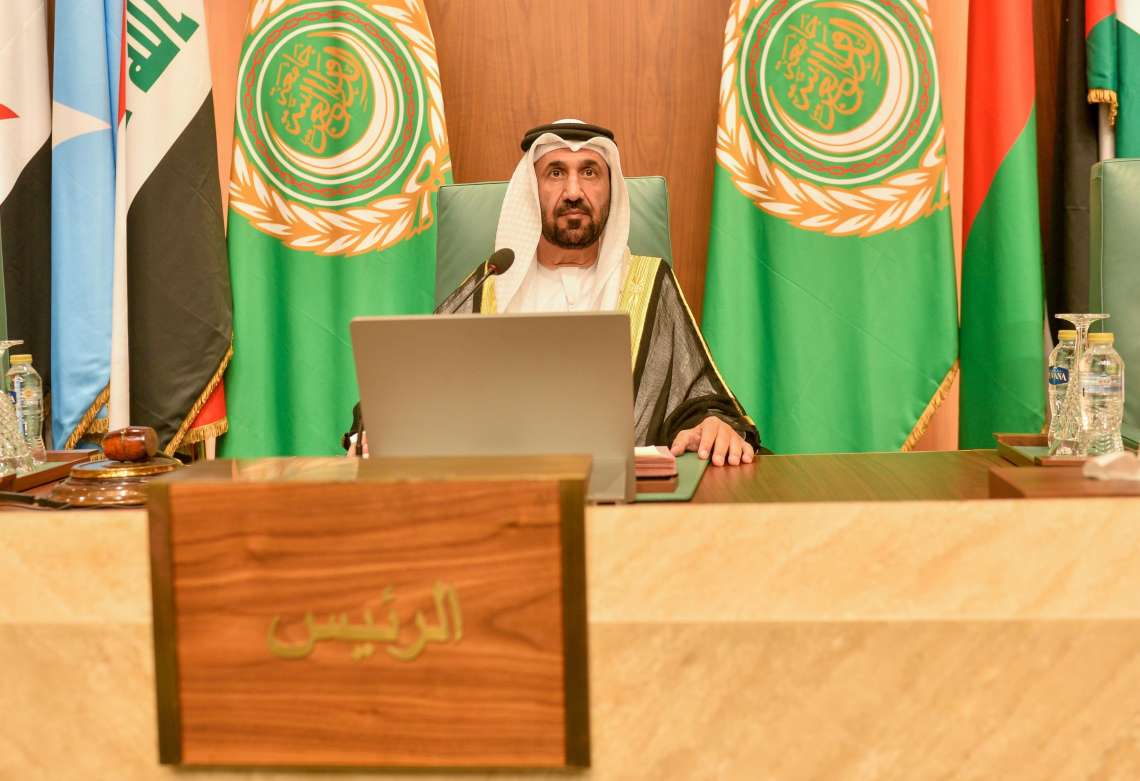With trade deal kicking in today, the next step for both countries is towards progressing a Comprehensive Economic Cooperation Agreement to build on the interim trade deal…reports Asian Lite News
The implementation of the Economic Cooperation and Trade Agreement (ECTA) between India and Australia has the potential to double bilateral trade in goods and services to $45 billion in the next five years, said the Confederation of Indian Industry (CII).
The industry body CII noted that zero-duty access to Australia’s market will be available to India immediately as the ECTA comes into force starting Thursday. The trade arrangement is expected to lead to a $10 billion jump in India’s merchandise exports by 2026-27, and would help in creating additional 10 lakh jobs in India.
The agreement encompasses cooperation across the entire gamut of bilateral economic and commercial relations between the two friendly countries.
CII added that besides providing cheaper raw materials to many sectors, including steel and aluminium from Australia, the agreement would also facilitate increased investments from Australia and will support Indian manufacturing.
The significant boost for India, the CII said, would be in its labour-intensive sectors, which are currently subject to import duty of 4-5 per cent by Australia.
“The sectors that would gain immediately are textiles and apparel, leather and footwear, furniture, sports goods, jewellery, machinery, railway wagons and select agricultural and marine products,” the CII said on Wednesday.
India, on the other hand, is providing zero-duty access to Australia for 70.3 per cent of its tariff lines (40.3 per cent tariff lines from day one and the remaining 30 per cent in a phased manner). India has offered zero duty access on coal, alumina calcined, manganese ore, copper concentrates, bauxite, sheep meat, rock lobster, macadamia nuts, cherries, and wool.
About 96 per cent of Australia’s exports to India comprise raw materials and intermediate products. Therefore, the tariff concessions offered by India will allow local/domestic industries to get cheaper raw materials and enhance their competitiveness.
The CII said it is also looking forward to various opportunities for trade in services.
It said Australia had made wide-ranging commitments in around 135 sub-sectors with most-favoured-nation (MFN) status in around 120 sub-sectors.
The major gains would be for the Indian IT sector followed by healthcare and education, and service professionals such as yoga teachers and chefs.
Trade deal begins today
A trade agreement between India and Australia will be implemented from December 29, almost nine months after the two sides signed a deal.
“India & Australia consolidate their long-standing partnership. Economic Cooperation & Trade Agreement, realised under the guidance of leaders of both countries, comes into effect from December 29, 2022. It is the dawn of a whole new era for our businesses & people,” said commerce and industry minister Piyush Goyal on Twitter.
India’s President has approved the deal. The two nations signed an interim free trade deal—Economic Cooperation and Trade Agreement (ECTA)–in April and the Australian Parliament ratified it last week.
“The ECTA’s two tariff cuts in quick succession intensify the up-front benefits of this agreement for our exporters. Businesses are encouraged to get on the front foot and prepare themselves now to take advantage of the substantial improvements in market access to India under the new agreement. Austrade can assist existing and potential exporters benefit from the lowering of trade barriers into the Indian market,” said Don Farrell, Australia’s minister for trade and tourism.
“Entry into force of the agreement before the New Year delivers a double bonus of two tariff cuts in quick succession: one as the agreement comes into effect and a second on 1 January 2023. ECTA will save Australian exporters around $2 billion a year in tariffs, while consumers and business will save around $500 million in tariffs on imports of finished goods, and inputs to our manufacturing sector,” said a statement by the Australian government.
India had a trade deficit of $8.5 billion with Australia in FY22, with $8.3 billion worth of exports and $16.8 billion worth of imports. Bilateral trade is expected to cross $45-50 billion in five years from $25 billion at present after the trade deal comes into force.
The next step for both countries is towards progressing a Comprehensive Economic Cooperation Agreement to build on the interim trade deal, said the Australian statement. “The Australian Government is pursuing further opportunities in goods and services, in addition to new commitments in areas such as digital trade, government procurement, and new areas of cooperation.”
ALSO READ-Swiatek leads Australian Open entry list












